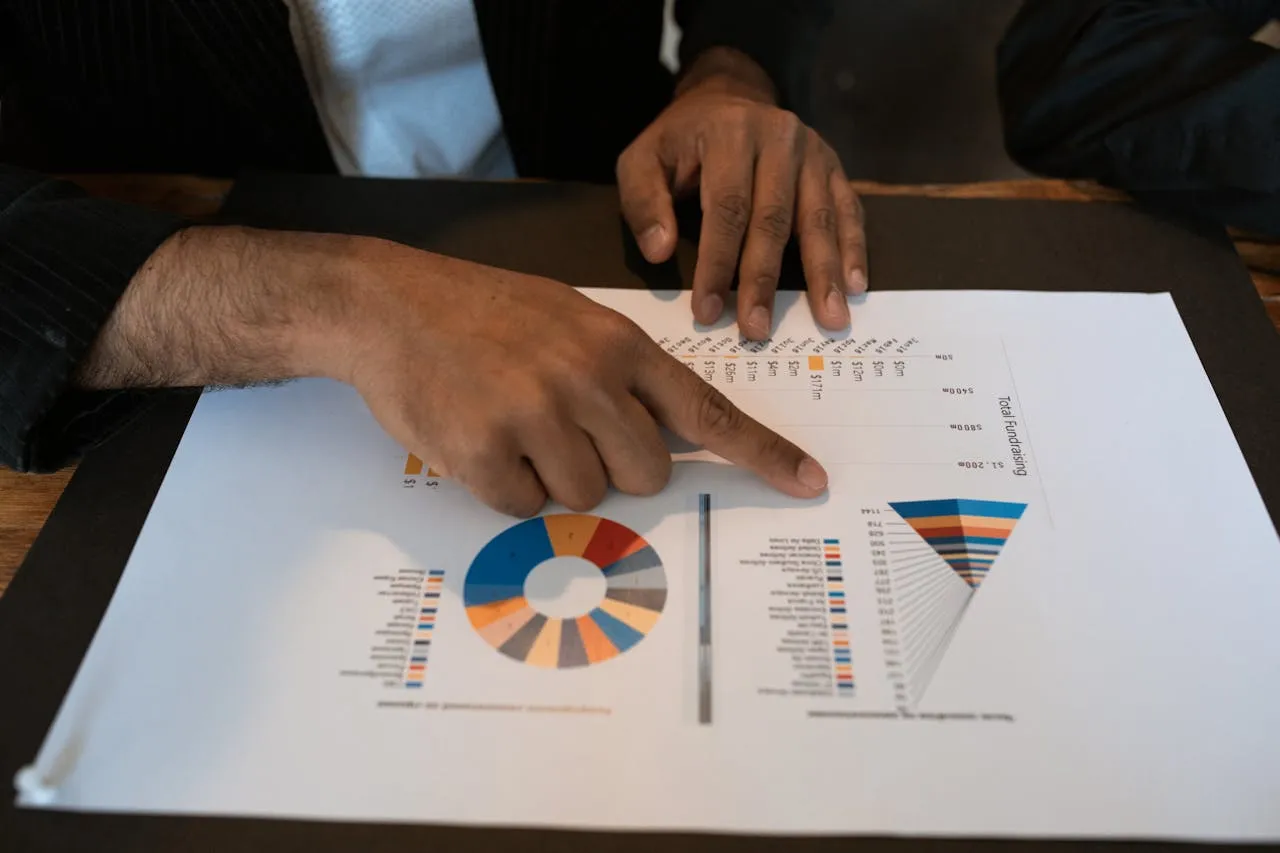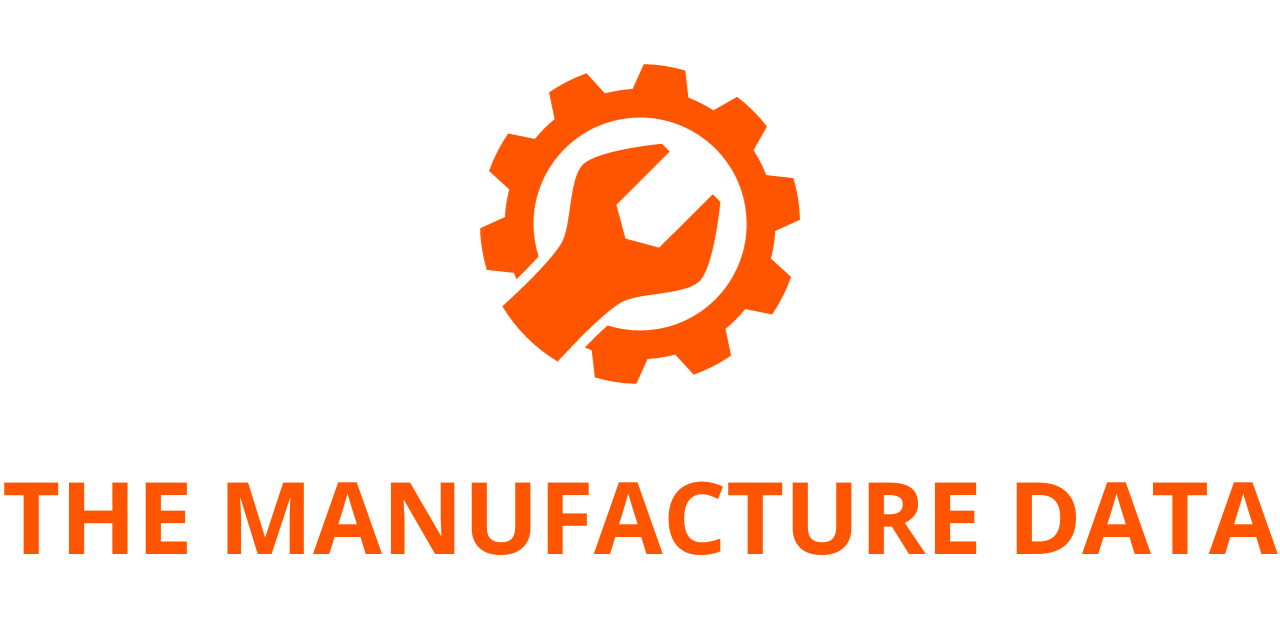
Textron Posts Steady Q2 2025 Earnings, Highlights Strength in Aviation and Bell Programs
Textron a leading global multi-industry company known for its aerospace, defense, and industrial products, today announced its financial results for the second quarter of 2025. The company reported income from continuing operations of $1.35 per share, holding steady compared to the second quarter of 2024. On an adjusted basis, Textron posted earnings of $1.55 per share, a modest increase from $1.54 per share during the same quarter last year.
Strong Operational Performance in Aviation and Bell Programs
Commenting on the quarterly results, Textron Chairman and CEO Scott C. Donnelly stated, “In the quarter, we saw revenue growth in both our commercial aircraft and helicopter businesses, as well as in Bell’s FLRAA program, now known as the MV-75. At Textron Aviation, operations continued to improve as production ramped.” The company’s consistent focus on enhancing manufacturing capabilities and expanding military contracts contributed to its stable financial performance.
Robust Cash Flow and Shareholder Returns
Textron continued to demonstrate solid cash generation capabilities. The company reported net cash provided by operating activities of the manufacturing group totaling $395 million for the quarter, a slight increase from $383 million in Q2 2024. Additionally, manufacturing cash flow before pension contributions—a non-GAAP metric—rose to $336 million, up from $320 million in the same period last year.
In line with its shareholder value strategy, Textron returned $214 million to shareholders during the quarter through share repurchases. Cumulatively, the company has returned $429 million to shareholders in the first half of 2025 alone.
2025 Outlook Remains Upbeat
Textron reiterated its full-year 2025 earnings guidance, expecting GAAP earnings per share from continuing operations to range between $5.19 and $5.39. On an adjusted basis, the company anticipates earnings between $6.00 and $6.20 per share. Furthermore, Textron raised its forecast for manufacturing cash flow before pension contributions to between $900 million and $1.0 billion—up by $100 million from its previous outlook. The revised guidance incorporates impacts from recently enacted U.S. tax legislation, which the company expects to absorb without compromising its profitability or operational momentum.
Segment Highlights
Textron Aviation
Textron Aviation reported revenues of $1.5 billion in the second quarter, a $42 million year-over-year increase. This growth was driven by a $35 million rise in aircraft revenues and a $7 million increase in aftermarket parts and service revenues. The segment delivered 49 jets, up from 42 in Q2 2024, although commercial turboprop deliveries declined to 34 units from 44 units a year earlier.
Despite higher deliveries, segment profit decreased by $15 million to $180 million. The decline was mainly due to a less favorable aircraft mix and higher warranty costs, though these were partially offset by improved manufacturing efficiencies and price increases that outpaced inflation. Textron Aviation’s backlog stood at a robust $7.85 billion at the end of the quarter.
Bell
Bell, Textron’s rotorcraft division, had an impressive quarter with revenues totaling $1.0 billion—an increase of $222 million compared to Q2 2024. This jump was largely attributed to higher military revenues, particularly from the U.S. Army’s MV-75 program, which contributed $149 million in volume growth. Commercial helicopter revenues also rose by $73 million due to a more favorable mix of aircraft sold.
Bell delivered 32 commercial helicopters, matching the figure from the same quarter last year. However, segment profit fell slightly to $80 million, down $2 million, primarily due to increased R&D spending. Bell’s order book remains healthy, with a backlog of $6.9 billion.
Textron Systems
Textron Systems, the company’s defense systems and unmanned technologies division, reported revenues of $321 million, slightly down by $2 million year-over-year. However, segment profit rose to $40 million, up $5 million from the second quarter of 2024, driven mainly by lower selling and administrative expenses. The division ended the quarter with a $2.2 billion backlog, signaling continued long-term demand for its defense solutions.
Industrial
The Industrial segment posted revenues of $839 million, down $75 million from the prior year’s second quarter. The decline was attributed primarily to lower revenue at Textron Specialized Vehicles, which saw a $66 million decrease following the sale of the Powersports business earlier in the quarter, as well as softer volume overall.
Despite the revenue drop, segment profit rose to $54 million, up $12 million from a year ago. This improvement was driven by the benefits of cost-cutting and restructuring efforts, along with the financial impact of the Powersports divestiture. These strategic shifts helped offset pressures from reduced volume and product mix.
Textron eAviation
Textron eAviation, the company’s nascent electric aircraft business, generated $8 million in revenue in Q2 2025, slightly down from $9 million in the prior-year period. The segment reported a loss of $16 million, an improvement over the $18 million loss recorded in Q2 2024. As Textron continues investing in next-generation electric aviation technologies, this segment is expected to remain in development mode while working toward eventual commercialization.
Finance
Textron’s Finance division recorded revenues of $15 million and profits of $8 million in the second quarter, up from revenues of $12 million and profits of $7 million in Q2 2024. The growth in the segment was modest but contributed positively to the company’s overall performance.




